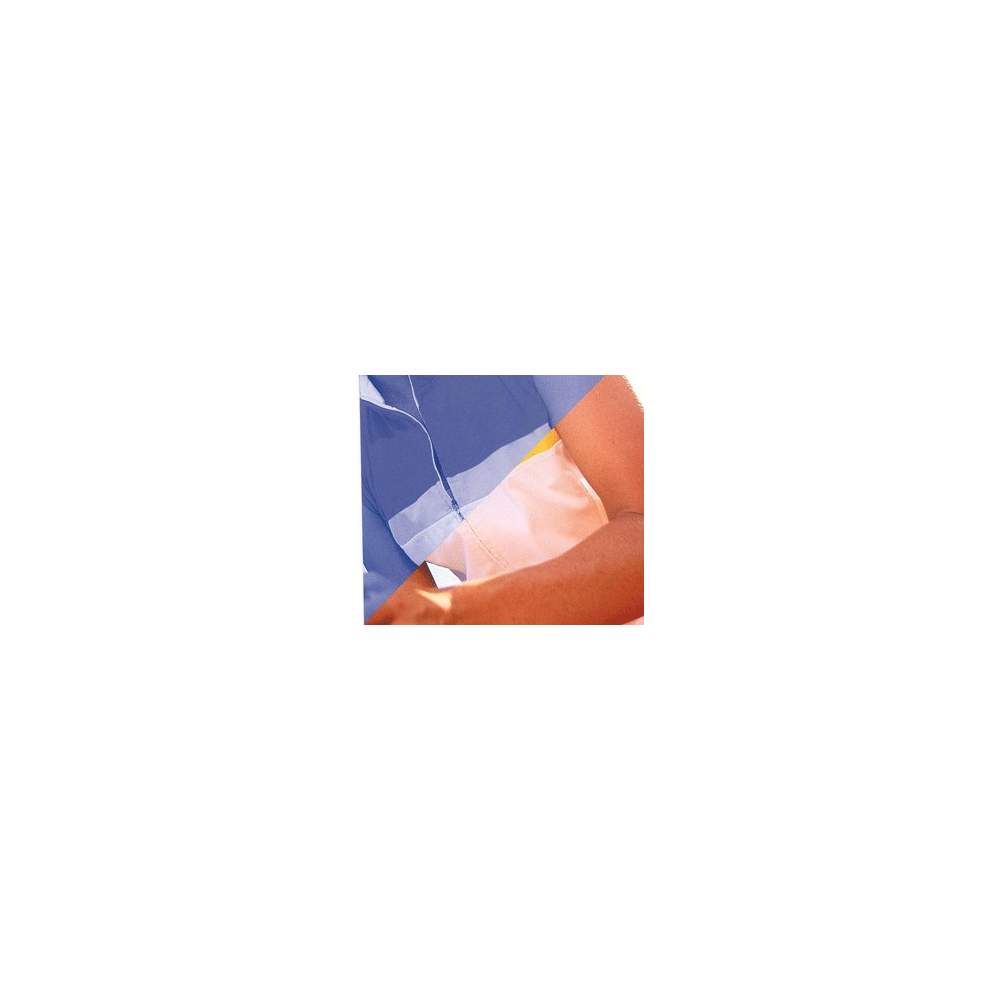Your cart
There are no more items in your cart
The elbow joint is formed by: the distal humerus, also called humerus, ulna the proximal olecranon call, and the proximal end of the radius, called radial head dome. Various injuries occur at the level of the elbow joint, and can differentiate: the fracture of the distal humerus, olecranon fractures, fractures of the shaft of ulna and radius, luxo-elbow fractures and dislocations of the elbow. All of these injuries will be treated with the different treatments depending on the type of injury, with the common denominator of the joint immobilization and subsequent rehabilitation, the device being Humertec an ideal choice both for the immobilization of 0-90 ° as their subsequent mobilization a stabilizer system. Both treatments can be performed with the new orthotics Humertec, thanks to the joint, locking system and / or control of flexion and extension. Ligamentous system is responsible for stabilizing the elbow joint (ulnar Collateral tig., lig. Annular radio, radial Collateral lig, etc..) Different injuries occur in the joint can differentiate distal fractures of hgrouper, diaphyseal fractures of the radius and ulna, luxo-elbow fractures and dislocations of the elbow. 1-Fractures Distal In distal fractures, we can differentiate extra-articular fractures, intraarticular fractures and fracture-unicondíleas bicondylar, showing a clinical swelling, pain and loss of function. Treatment will depend on whether the fracture is no displacement and this bloodless, while mostly displaced proceed to surgical treatment, being as important to ensure good fixation for early rehabilitation. 2-Fractures can differentiate Olecranon olecranon transverse fracture, with or without stripping of the tip, and multifragmentary whose treatment is surgery. 3-fractures of the radial head fractures can be differentiated by shearing of the radial head, simple fracture of the radial head in the center, broken neck, having to be treated by different surgical fixation techniques. 4 - Elbow Dislocation Elbow dislocation may be subsequent lateral elbow, radio head, or painful pronation (nursemaid's elbow), presenting a clinic in swelling, pain, and helplessness. 5-Luxo-elbow fracture could be classified into: Monteggia Luxofractura (dislocation of the radial head with fracture of the proximal third of ulna), and dislocation with coronoid fractures, shaft fractures of the radius and ulnadifferentiating fracture radius, ulna, and radius-ulna. These lesions previously described (dislocations, fractures, etc..), May be aggravated when accompanied by nerve damage, as its incidence varies. In closed fractures and dislocations treated with plates is between (0.7-10.2%). In monteggia fracture-dislocations of the higher incidence of (5-30%). Nerve damage can happen at the time of the fracture-dislocation, for undiagnosed compartment syndrome in the wake of a fracture-dislocation unreduced or treatment at any time opened or closed. The nerve is most commonly affected is the radial nerve just proximal or origin level posterior interosseous nerve. This is seen most often in the Monteggia fracture-dislocations. The anterior interosseous nerve can be injured during the placement of a plaque on the anterior or during retraction of FLDG or FPD, as it is between them. The ulnar nerve can be injured when it passes between the two portions of the flexor carpi ulnaris or may get caught in the fracture-dislocation during injury or during reduction. The superficial branch of the radial nerve can be injured in the posterior approach. If the nerve injury has led to the treatment has been to explore, but you must wait a period of 12 weeks of observation. Humertec orthosis tol have been designed as a modular system can opt for a forearm brace not including hand or paralysis if we adopt a forearm brace including hand and can be exchanged depending on whether we are going to share some elbow brace rehabilitation orthotic hand paralysis. Example (radial paralysis orthoses, splints Hammocks). Provided with a polycentric joint regulates we elbow flexion and extension in a range of 0 to 90 degrees with intervals of 30 to 30 degrees. Attached is a forearm support band (desgravatoria), which allows us greater comfort in the use of the orthosis.
New product
No reviews


